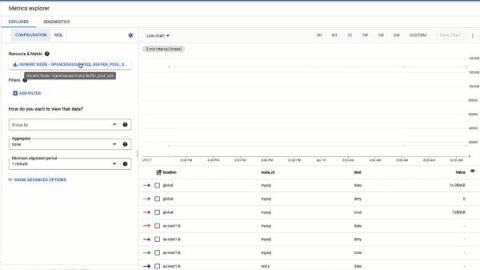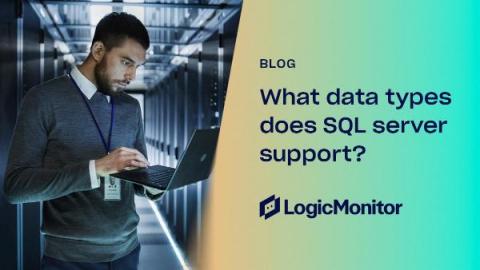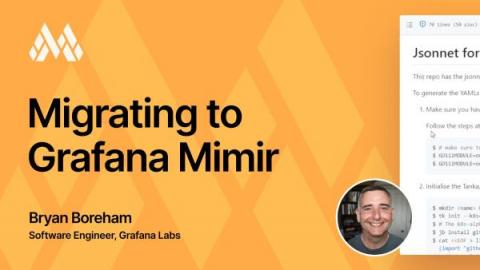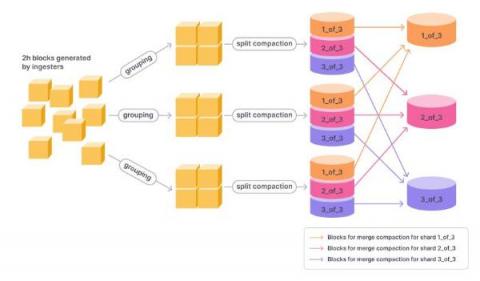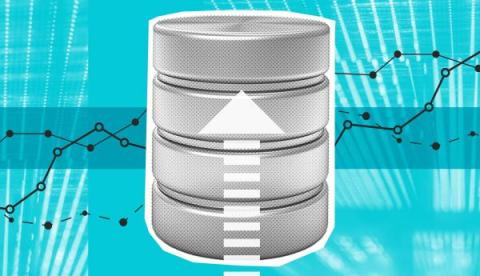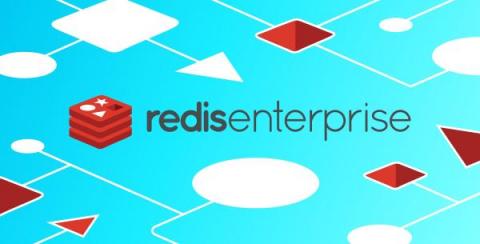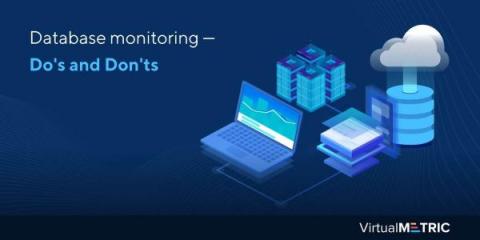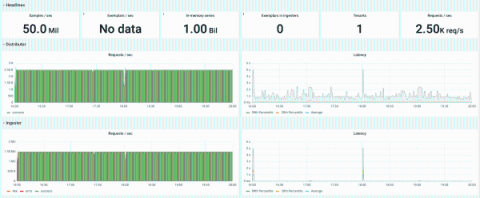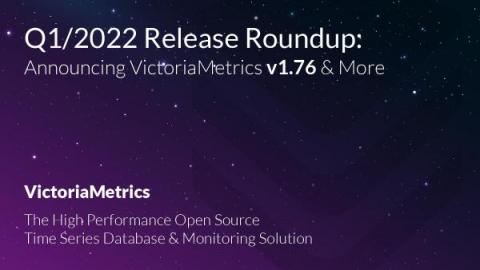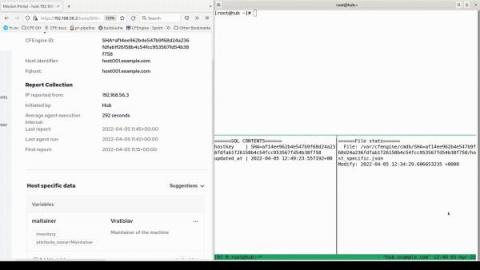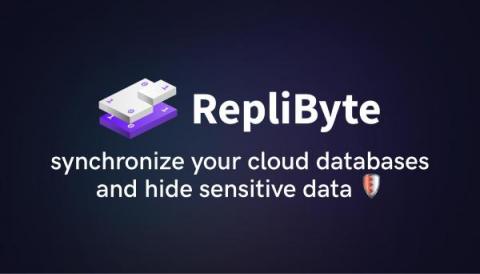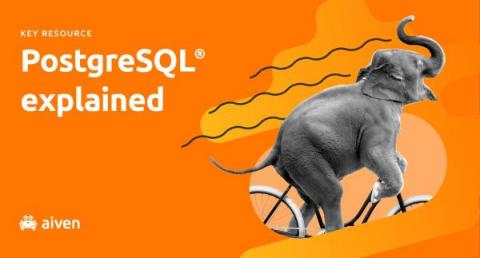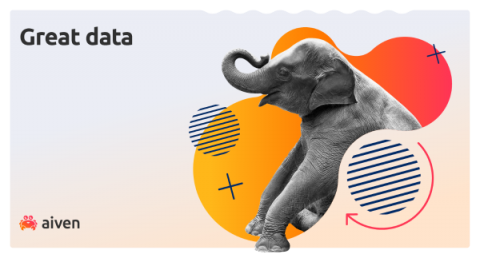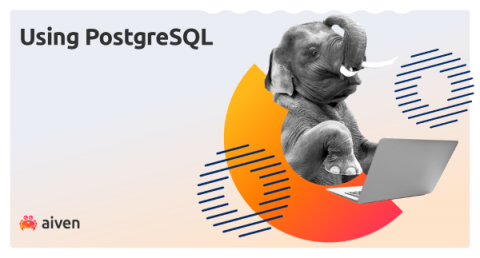Operations | Monitoring | ITSM | DevOps | Cloud
April 2022
What Data Types Does SQL Server Support?
Video: How to migrate to Grafana Mimir in less than 4 minutes
Since we launched Grafana Mimir — the most scalable, most performant open source time series database in the world — we have answered many of your questions about our latest open source project, including how to pronounce it. (All together now: /mɪ’mir/.) We have also walked through how we scaled Grafana Mimir to 1 billion active series.
What is MongoDB and why use it for modern web applications?
Organisations of different scales and forms want to harness the power of data to identify new business opportunities and improve current business operations. Organisations that use data effectively can hold a potential advantage – the ability to make faster and more informed business decisions. However, working with data can be a long-standing problem for businesses and functions, especially in data management and software development.
How Grafana Mimir's split-and-merge compactor enables scaling metrics to 1 billion active series
Grafana Mimir, our new open source time series database, introduces a horizontally scalable split-and-merge compactor that can easily handle a large number of series. In a previous blog post, we described how we did extensive load testing to ensure high performance at 1 billion active series. In this article, we will discuss the challenges with the existing Prometheus and Cortex compactors and the new features of Grafana Mimir’s compactor.
The SolarWinds Database Portfolio is Growing
Monitor your Redis Enterprise clusters with Datadog
Redis is an in-memory key-value data store that offers fast performance, flexible data structures, and multi-model databases, allowing it to handle a variety of use cases. Redis Enterprise enhances open source Redis with features designed to run distributed applications at scale, such as multi-tenancy, tiered data storage, active-active cluster replication, and support for up to five 9s of availability.
Video: Get started with Grafana Mimir in minutes
Since we launched Grafana Mimir — the most scalable, most performant open source time series database in the world — we have answered many of your questions about our latest open source project, including how to pronounce it. (All together now: /mɪ’mir/.) We have walked through how we scaled Grafana Mimir to 1 billion active series. And we will be hosting webinars to showcase cutting-edge features like query sharding and the two-stage compactor.
Database monitoring - Do's and Don'ts
Enterprises evolve and transform into data-driven businesses, which take valuable insights from the data collected to grow and develop their business. This means that massive chunks of data are collected every second and companies search for ways to process it faster, secure and more accurately. The more data is processed, the smarter is the organisation and the greater potential for data-driven decisions is available.
Expert Series: Large MSP Was First to Upgrade to DX UIM 20.4
A NoSQL database provides a mechanism for data storage and retrieval, without using the tabular relations associated with relational databases. Originally referred to as "non-SQL" or "non-relational" databases, NoSQL databases are increasingly used in big data and real-time web application environments. NoSQL systems are also sometimes called “Not only SQL” to emphasize that they may support SQL-like query languages or sit alongside SQL databases in polyglot-persistent architectures.
NoSQL Database Monitoring with DX UIM
A NoSQL database provides a mechanism for data storage and retrieval, without using the tabular relations associated with relational databases. Originally referred to as "non-SQL" or "non-relational" databases, NoSQL databases are increasingly used in big data and real-time web application environments. NoSQL systems are also sometimes called “Not only SQL” to emphasize that they may support SQL-like query languages or sit alongside SQL databases in polyglot-persistent architectures.
DevOps 101: How do you get buy-in from people?
Going Beyond Dynamic Data Masking
How we scaled our new Prometheus TSDB Grafana Mimir to 1 billion active series
Last week, we announced our new open source TSDB, Grafana Mimir, which lets you scale your metrics monitoring to 1 billion active series and beyond. The announcement was greeted with a lot of excitement and interest – and some questions too. Namely: Really, 1 billion? Yes, really!
Dashboard Fridays: Sample SQLFacts dashboard
Q1/2022 Release Roundup: Announcing VictoriaMetrics v1.76 & More
Since the beginning of the year, our team has been busy working with the open source community of VictoriaMetrics users and our customers as we continuously enhance and improve Vicky! Thanks to everyone who has contributed with their feedback, questions, feature requests, bug reports, etc.
Simplifying Cloud Database Migration Journeys
Synchronize data between PostgreSQL and files
Databases are great for data processing and storage. However, in many cases it is better or easier to work with data in files on a file system, some tools even cannot access the data in any other way. When a database (DB) is created in a database management system (DBMS) using a file system as its data storage, it of course uses files on the given file system to store the data.


